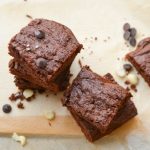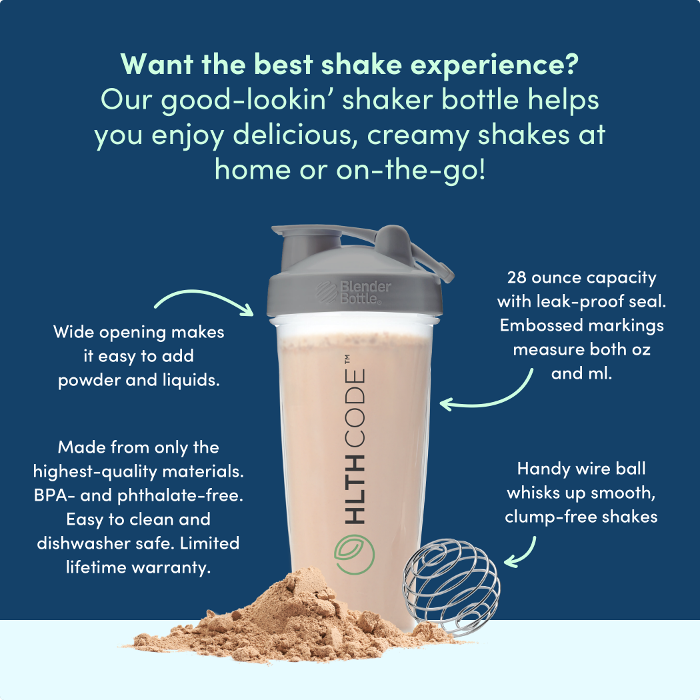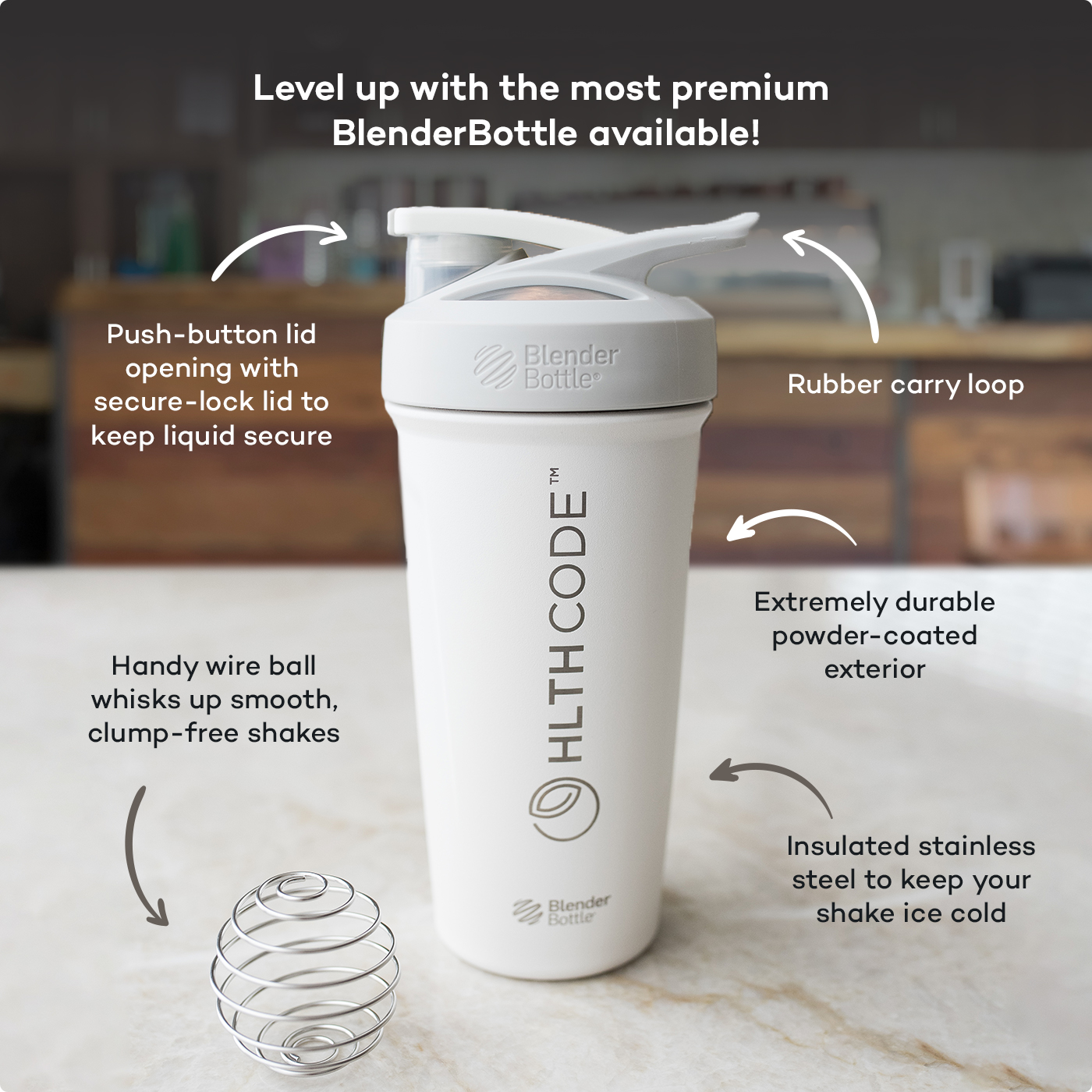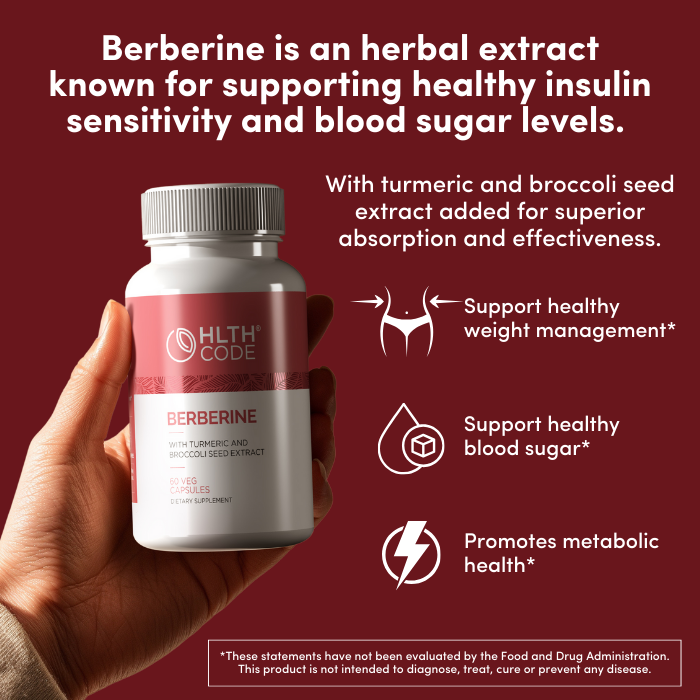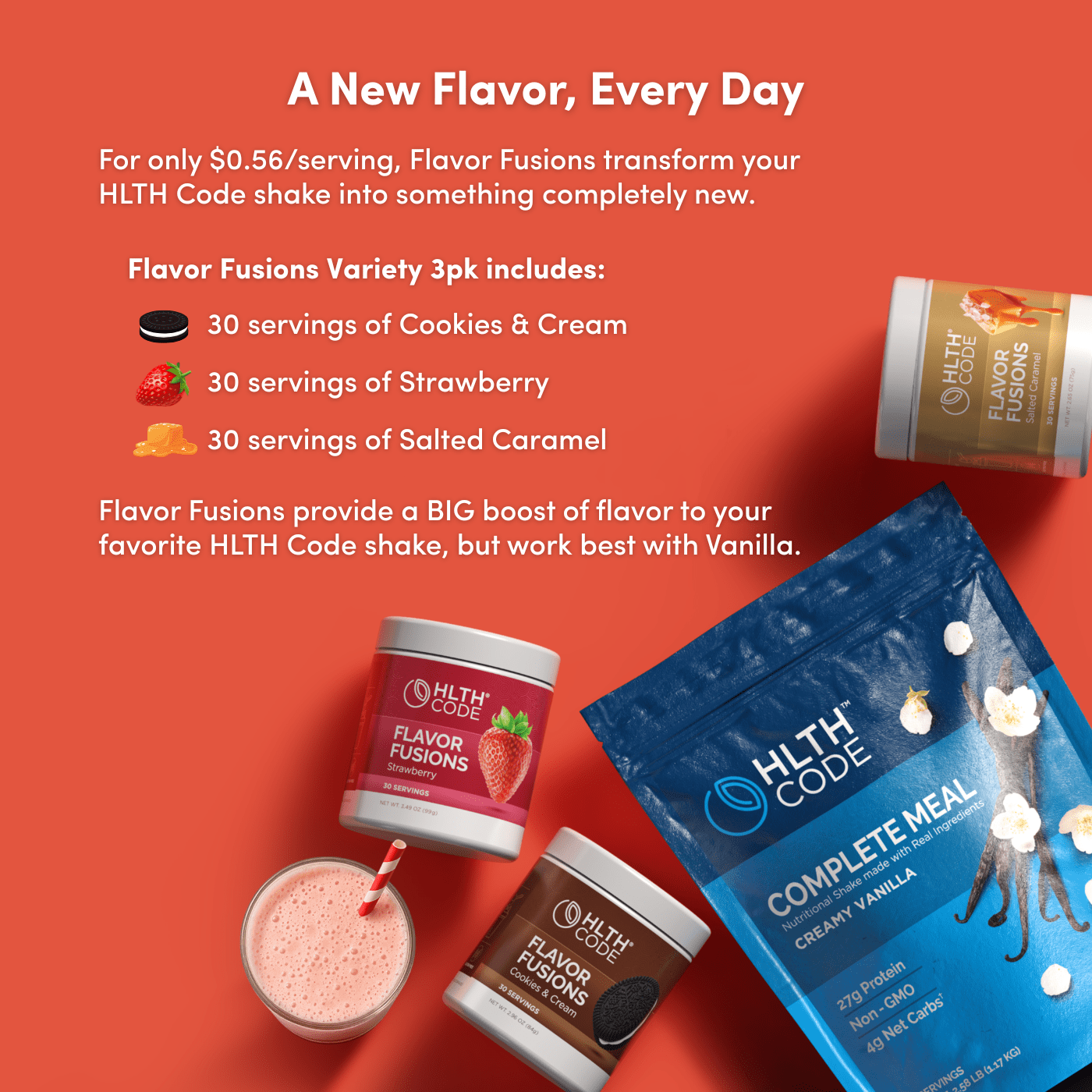Does a Low-Carbohydrate Diet Negatively Impact Exercise Performance?

Many people think they can’t (or shouldn’t) exercise while on a low-carbohydrate diet because they’re not getting the fuel (glucose) they need to perform. That’s a misconception, and in this article I’ll explain how I’ve leveraged a low-carb diet in combination with intermittent fasting and intense CrossFit training to improve my body composition, insulin sensitivity, strength and endurance.
I’ll also discuss why normal blood sugar levels in healthy individuals aren’t dependent on dietary carbohydrates and highlight the types of exercise that may benefit from higher carb intake.
Carbs vs. Fat for Energy
The body is a complex machine that has been fine-tuned by millions of years of evolution. That evolutionary process has empowered us to perform well in even the most challenging situations, including when faced with a prolonged lack of food. In fact, one of the most valuable capabilities we’ve developed over time is the ability to utilize an array of energy sources for the maintenance of our bodily functions. Glucose, ketone bodies, fatty acids and lactate are examples of fuels the body can use for energy.
While we traditionally think of food as the fuel we need, the body can make many of the fuel substrates mentioned above with the resources it already has. For example, in lieu of carbohydrates, the body can convert glycogen (stored in the liver and muscle tissue) back to glucose. Additionally, the body can make glucose from non-carbohydrates sources, including (damaged) proteins and fatty acids.
The same principle applies to using body fat as a source of energy. Even the skinniest among us carry sufficient adipose tissue (fat) for the liver to convert some of it to ketones or fatty acids to fuel the body for extended periods. That’s the reason why humans can survive for several weeks without eating.
So how does that translate into physical performance while consuming a low-carb diet?
How the Body Utilizes Different Types of Fuel
The average human body has approximately 2,000 calories worth of stored glycogen and over 20,000 calories worth of stored fat (in a lean person; this can be well over 100,000 calories in an overweight individual!) that can be used for energy during exercise. As a result, there is no need to consume carbohydrates (or food in general) before hitting the gym — if you’re metabolically healthy, that is.
But if you fall apart or feel lightheaded or dizzy if you don’t eat before a workout, it’s a sign of metabolic inflexibility that you should address by implementing changes to your diet such as lowering your carb intake and avoiding both highly-processed carbs and seed oils. Becoming metabolically flexible is important for exercise performance but it’s also essential for your overall well-being (as I explain in my article about how I’ve improved my metabolic health).
As I already mentioned, your body (technically, the mitochondria in your cells) has the ability to use multiple types of fuel for energy. However, the rate at which those fuel types are utilized depends on several factors, including your metabolism, how proficient you are at burning fat for fuel, and the type of physical activity you’re performing (among others).
For example, studies have shown that endurance athletes, including triathletes and long-distance runners, can do exceptionally well on a keto diet [1] while leveraging predominantly ketones for fuel during training sessions and competitions.
In addition, those fat-adapted athletes are incredibly efficient at burning fat for fuel while keeping blood glucose levels stable. The latter is predominantly controlled by the glycogen stores in the liver, which is why fat-adapted people don’t become hypoglycemic when they don’t consume carbs for extended periods.
As part of my CrossFit training, I do moderate-intensity cardio sessions involving running or cycling in a fasted or carbohydrate-deprived state and do not notice a negative impact on my performance. In addition, based on the readings of the continuous glucose monitor (CGM) I wear during some of those aerobic sessions, my blood sugar levels remain stable, without any significant spikes or drops.
That’s an indication that my body was effectively burning fat (ketones) for fuel without tapping into my glycogen stores.
Based on my experience, and that of others (including bodybuilders such as Luis Villaseñor), I have no doubt that you can improve your strength, power output and body composition by leveraging a low-carb diet. Furthermore, I’d argue that enabling your body to burn fat for energy by reducing your carb intake — paired with intermittent fasting — is an excellent way to lose weight and reduce body fat without sacrificing lean muscle mass.
But what about high-intensity workouts, such as CrossFit?
Based on my experience, specific high-intensity exercises rely heavily on glucose as a primary source of fuel. For example, I’ve seen dramatic spikes in blood glucose readings during most high-intensity CrossFit workouts. In the absence of dietary carbohydrates, those spikes indicated that I was tapping into glycogen stores to sustain my performance.
It’s worth noting that adults have 300 to 700 grams of glycogen stored in their muscle tissue — 1,200 to 2,800 calories worth of energy (one gram of glycogen has four calories). That’s usually enough to fuel individual CrossFit workouts.
If you’re not a professional athlete, there are still several health benefits that are associated with not consuming carbohydrates — even after intense workouts.
Benefits of Exercising While on a Low-Carb Diet
One of the main benefits of exercising while on a low-carbohydrate or ketogenic diet is improved insulin sensitivity.
The opposite of insulin sensitivity is insulin resistance, and it’s a significant factor in the development of most chronic diseases, including Alzheimer’s, Type 2 diabetes, cancer, cardiovascular disease and others. As a result, maintaining a lifestyle that improves your insulin sensitivity is an excellent way to reduce your risk of developing metabolic disease.
For the past five years, I’ve maintained a low-carb diet while exercising vigorously four to five times a week. As a result, I’ve dramatically improved my insulin sensitivity (my fasting insulin levels dropped to 1.8 ulU/mL — that’s even below the “normal” range), my CRP (a marker of inflammation), my triglycerides and other blood markers.
Why You Should Consume Fat and Protein (Instead of Carbs) After a Workout
Considering that I’m not a professional athlete anymore (I was a professional sprinter in my early 20s), my primary goal is to improve my health and longevity rather than to set new records in the gym.
As a result, I break my fast after working out with a meal high in equal amounts of protein and fat, because a recent study has shown that doing so further improves muscle protein synthesis [2]. Consequently, I usually don’t consume carbohydrates right after a workout since that would void the insulin-sensitivity improving effects of exercise [3].
The bottom line is that you can build muscle, gain lean muscle mass and improve your insulin sensitivity at the same time by following a low-carb diet. In other words, consuming whole eggs after a workout might be better for you than a bowl of pasta or a sugar-laden beverage.
Final Verdict
Based on everything I’ve learned over the past few years as an avid CrossFitter and healthy living advocate, there is nothing wrong with maintaining a low-carb lifestyle — even if physical performance is essential for you.
Combining vigorous exercise with a low-carb diet and intermittent fasting is an excellent tool to lower your risk factors for developing metabolic disease, improve your body composition and cognitive function, and gain muscle mass.
I turned 40 in 2022. And since I adopted a relatively low-carb animal-based diet two years ago, I’ve seen dramatic improvements in my body composition, strength, endurance and many blood markers.
That said, if you’re a professional athlete in a high-intensity sport (like cycling, boxing or CrossFit), you might benefit from consuming higher amounts of carbohydrates than someone who doesn’t have to perform at such a high level.
About Michael
Michael Kummer is a former professional 100-meter sprinter and an avid CrossFitter who follows an animal-based diet. He is also the principal writer of the popular healthy living blog michaelkummer.com, which has reached more than 6 million readers since its inception in 2012. Michael is the founder of MK Supplements, a dietary supplement brand that offers freeze-dried organ meat sourced from 100% pasture-raised cattle.
References
- https://www.sciencedirect.com/science/article/pii/S0026049515003340
- https://europepmc.org/article/med/28978542
- https://pubmed.ncbi.nlm.nih.gov/29370143/
This article is for informational and educational purposes only. It is not, nor is it intended to be substitute for professional medical advice, diagnosis, or treatment and should never be relied upon for specific medical advice.




